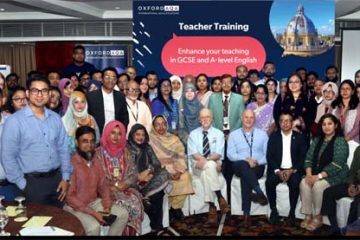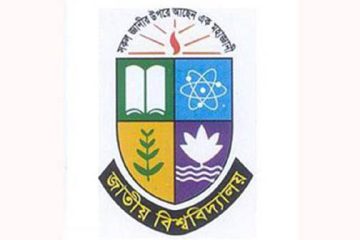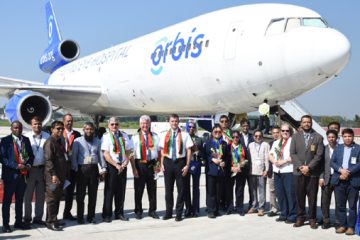There is good news for the not less than 5 million bus passengers in Dhaka: The city’s first bus map is in the making to ease their daily journeys through the labyrinthine bus system.
A group of four American researchers from the Massachusetts Institute of Technology (MIT) and volunteers from the Bangladeshi start-up Kewkradong are currently collecting data for the map.
The map, scheduled to be prepared by the end of next May, will make the bus system more accessible for passengers by showing and providing information about the city’s 59 bus routes.
Currently the drafts of the map show different bus routes marked by different coloured lines and similar coloured signs to show the map user where and when a certain bus stops.
“Even people who do not know how to read should be able to use it,” Elizabeth Resor, one of the researchers, told The Daily Star recently.
But how can you get information about a complex and instable bus system where rarely a bus stops regularly at the same place and people jump aboard moving vehicles?
The researchers found a way by developing an application for smartphones.
Since January 4, a flock of 15 volunteers – armed with smartphones – have been going by the bus stops on the 59 routes.
For two weeks they will be recording different data, including the number of times each public or private bus makes a stop and the number of passengers that get on and off. Furthermore, the volunteers will collect people’s opinion about the bus service.
All these information will then be fed into the application and the printed version of the map.
The researchers are still reflecting on how to reach the map to the masses. One way, they think, is to make it available at a small price. The researchers believe that their work is more valued when people have to pay for it.
Another way could be to make large copies and post them at spots like food stands where public gatherings take place. It could also be published in newspapers. For smartphone users there will be an app available.
As part of the project to develop the map, the researchers are thinking about installing bus stop signs in the city.
Initially a master’s thesis of two researchers, the revolutionary project is surprisingly operating on a small budget.
The researchers, the cooperating MIT social venture Urban Launchpad and Kewkradong work almost for free or through MIT’s support. Their office is a hidden, small and unpretentious room near New Market area.
The American researchers’ journey to Dhaka was paid by the worldwide internet-community. “We have collected money on the crowdsourcing-platform kickstarter.com,” explained one of the researchers, Kuan Butts, recently.
During the 30 day-period when the fund was open for donations, almost 500 deposits were made bringing in a total of more than US$ 14,000.
The researchers are thinking beyond the adoption of the map in Dhaka.
“This model could be adapted and deployed in other cities that rely on informal bus transport and have to be scrappy about their limited resources,” the researchers Albert Ching and Stephen Kennedy, the two initiators of the project, wrote on kickstarter.com.
The project does not stop once the map is completed, say the researchers. All the collected data will be made available for everyone to use and for bus riders, operators and the city to visualise into other important insights.
The bus companies of Dhaka and the government authorities have not been officially informed about the map-project though. The researchers emphasised that they want to finish their work first.
-With The Daily Star input




















